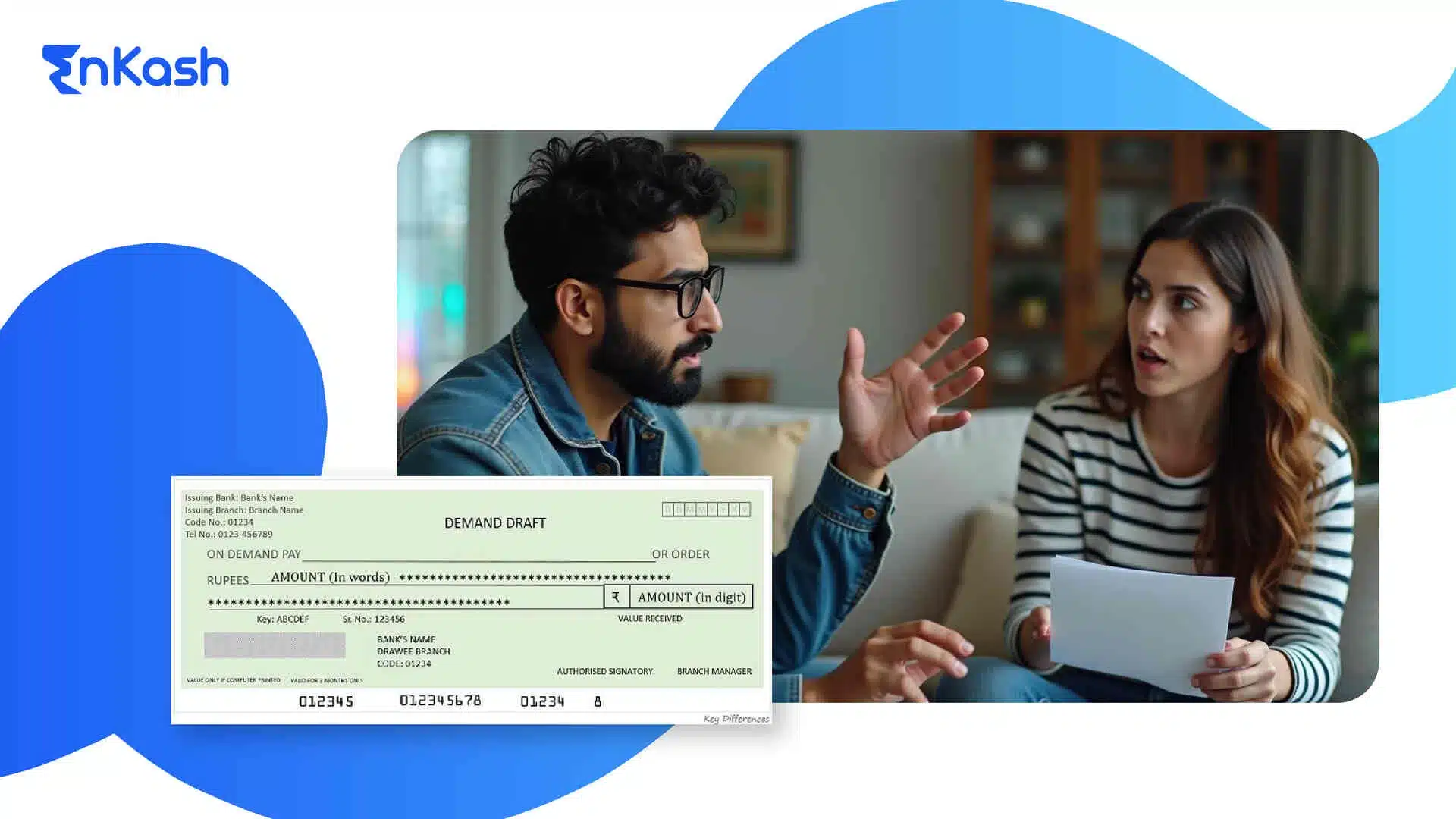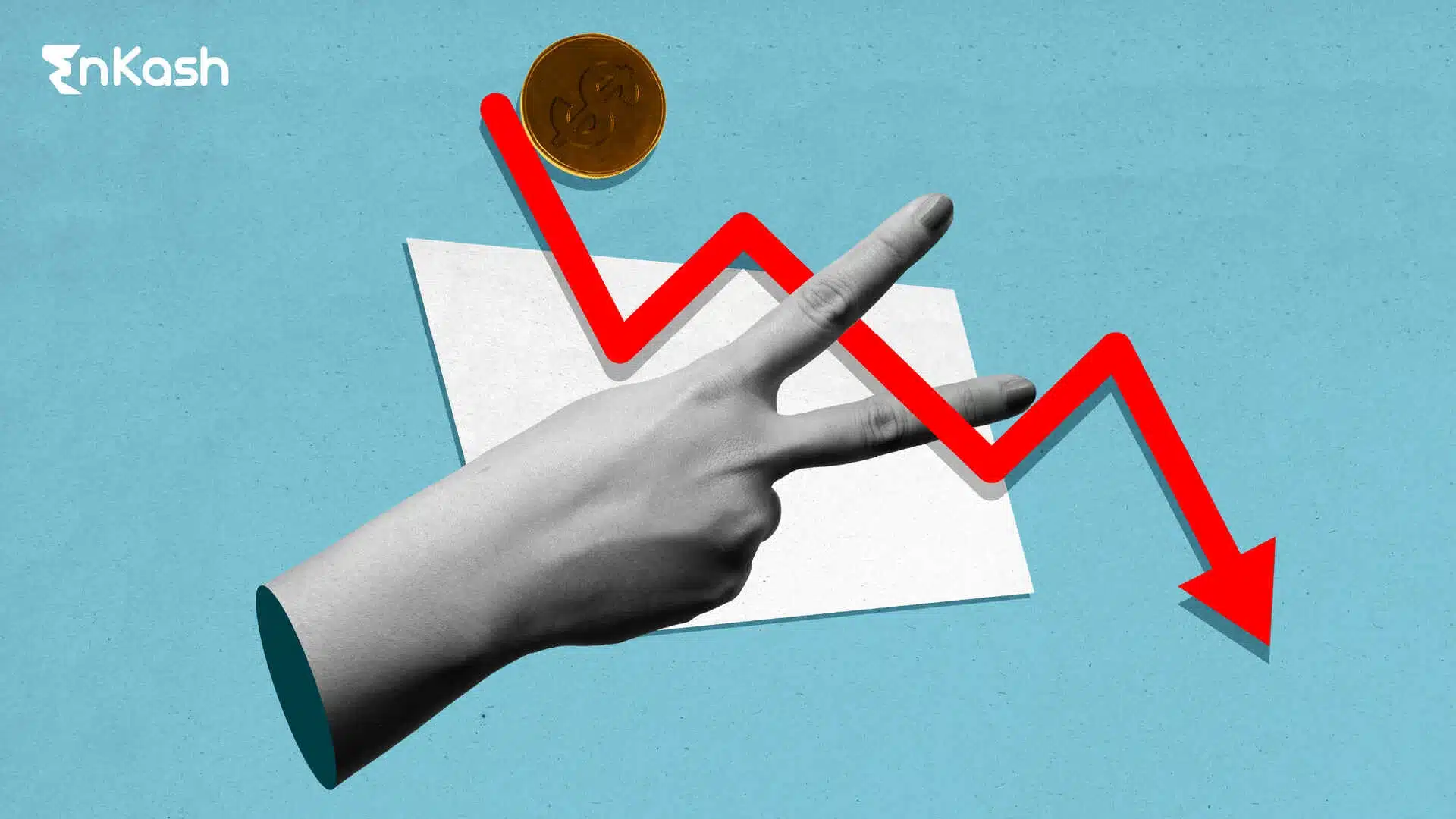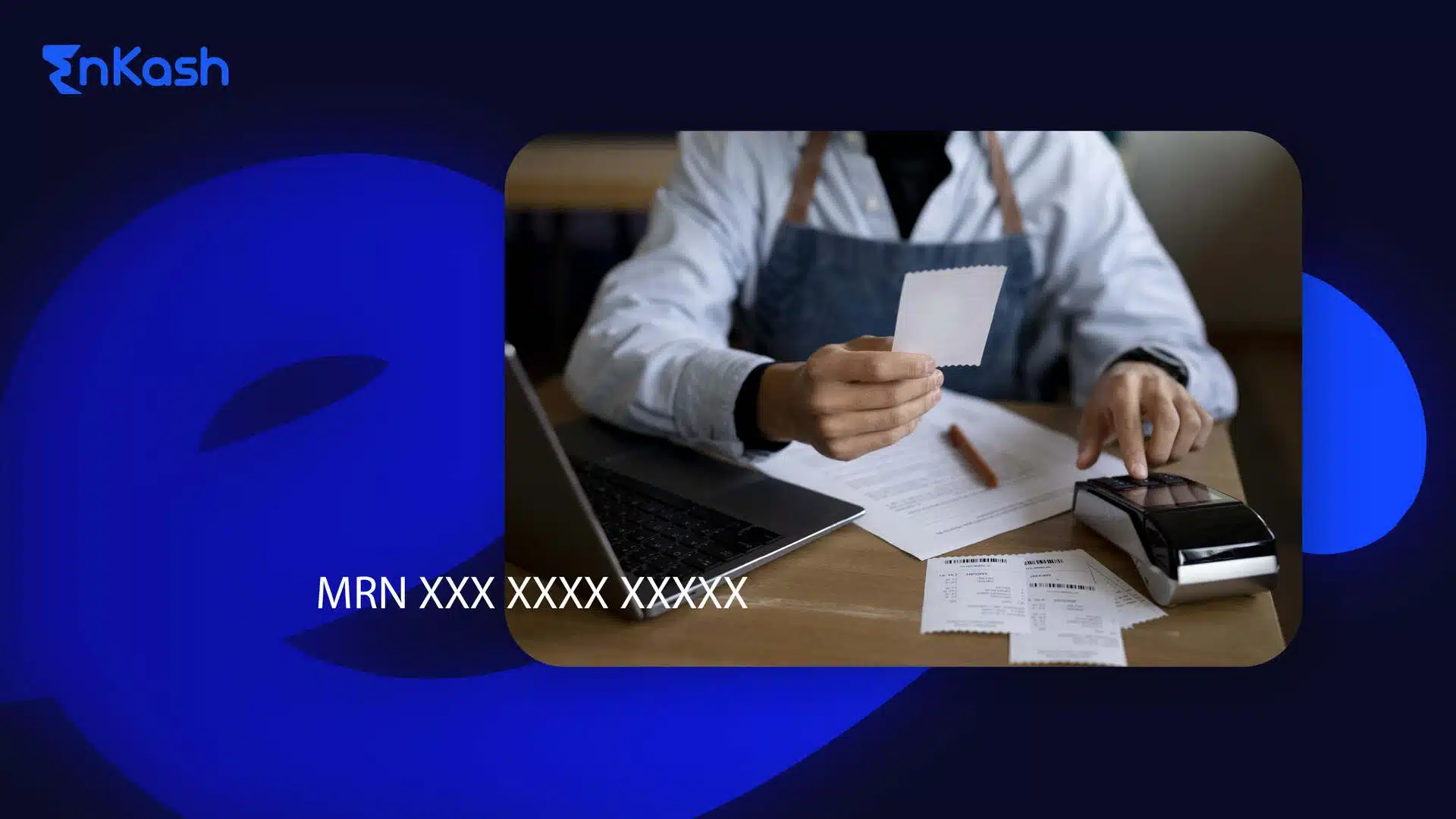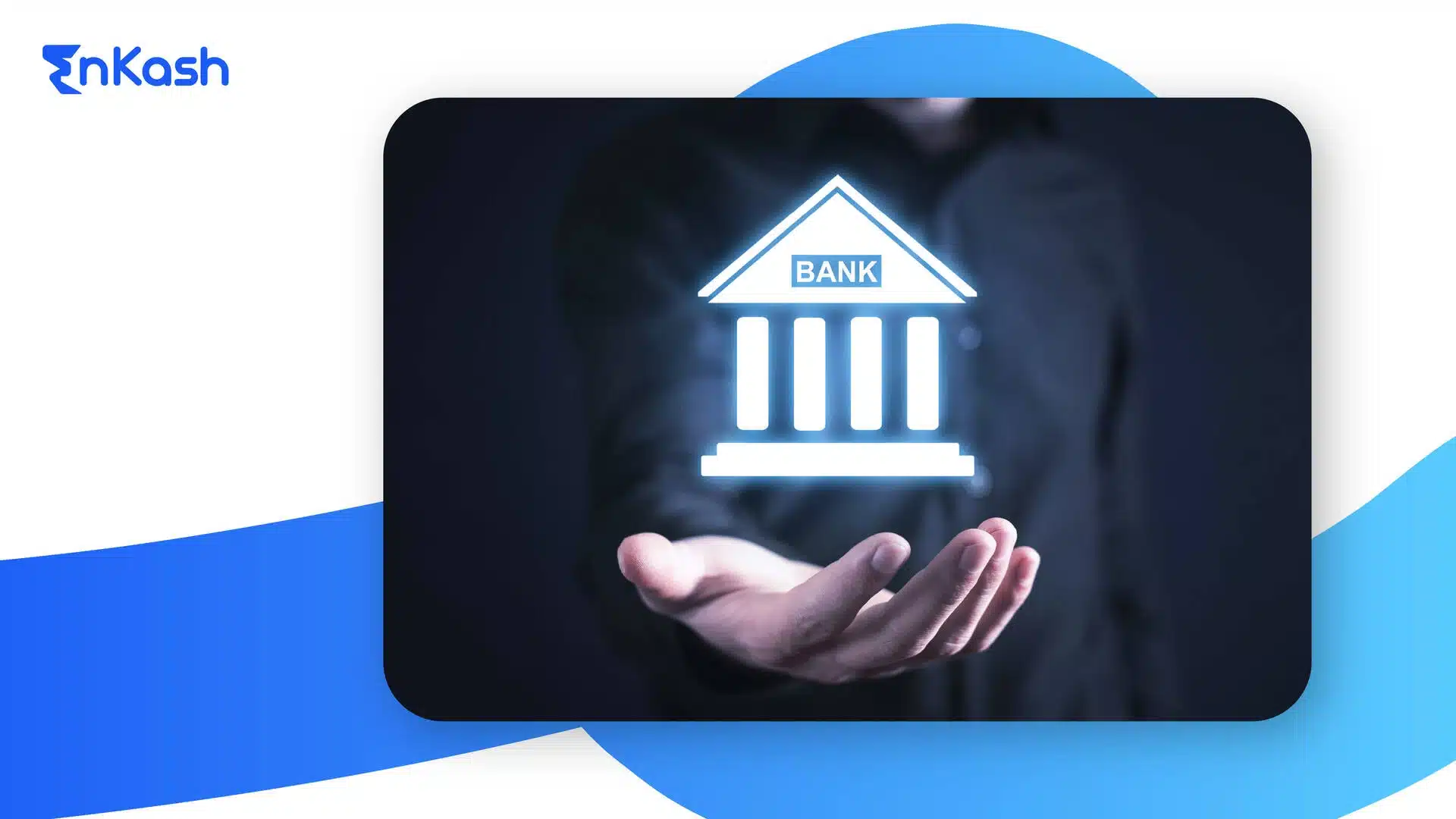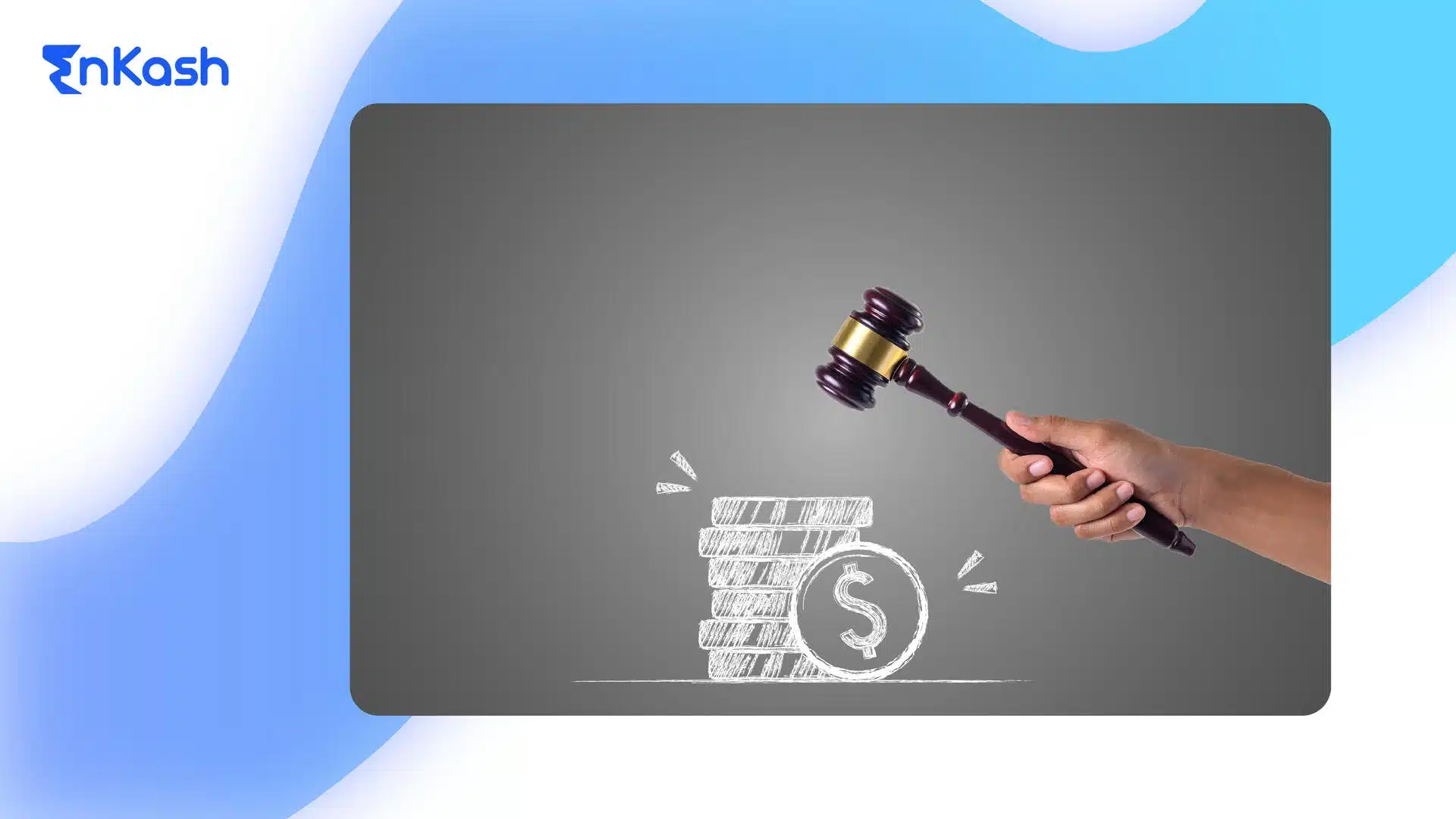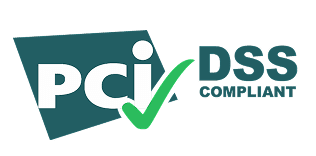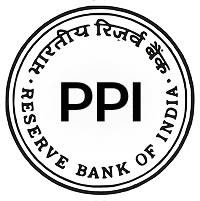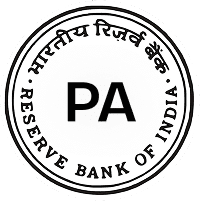Introduction
Need a safe and guaranteed way to transfer money? Discover how a Demand Draft (DD) ensures your payments reach the right hands without any hassle. It guarantees payment from one bank to another, thereby offering higher security than a cheque. Cheques and demand drafts are well known for functioning as instruments for transferring money, yet they are different in terms of processing and payment guarantee. Therefore, understanding the differences is critically necessary for safe financial transactions, particularly for official, educational, or business purposes. This blog will explain the concept of Demand Draft in banking with respect to its meaning, real-life applications, and differences between cheques and bank drafts.
What is DD?
Demand Draft Meaning and Full Form
Demand Draft is the full form of DD. A DD is a prepaid instrument, but it’s not freely negotiable like a cheque; it’s generally payable to the named payee and is not transferable. This signifies that when the individual or business claims a DD, the bank initially gathers the total amount from the person or entity before it issues the draft. Because the money is already in the bank, the distributor is sure that he will receive the payment without any danger of the draft being dishonored. Demand Drafts are commonly accepted for secure transactions like paying college fees, tender deposits, or business payments, where guaranteed payments are critical. They are safer and more reliable than cheques that are drawn on the account of the person who wrote the cheque.
DD Meaning in Banking
In banking, DD means Demand Draft, which is a payment instrument that banks issue to their customers. The bank tells the other branch (or occasionally the same branch) to pay the amount specified on the draft to the person or entity named in the draft. The money is collected beforehand from the drawer (the person who requested the draft), and thus the bank takes all the responsibility for making the payment to the payee (the person receiving the money). This characteristic makes DD a very reliable payment method that can’t bounce like a cheque.
Demand Drafts are generally the choice in official or institutional transactions because they not only carry minimal payment risk but also provide a written and traceable record of the transfer, thus ensuring total transparency and security in financial dealings.
What is a Demand Draft?
The answer is: a Demand Draft (DD) is an easy, safe, and reliable way to move money between bank accounts or from one to another. When someone asks for a Demand Draft, the issuing bank first makes sure that the drawer (the one asking for the draft) has enough money in their account and then guarantees that the money will go to the payee (the recipient). The whole process of a Demand Draft is different from any other payment method, as its very nature ensures the payee receiving the payment without risk of dishonor, hence, it becomes the most favorable option for transactions needing guaranteed payment.
Demand Drafts find their way into various transactions such as payment of college or university fees, submitting tender applications, purchasing exam forms, or carrying out significant business where the recipient needs a guarantee that the payment is going to be made. Since the bank has already taken the money and guaranteed payment, a Demand Draft eliminates the risk of bouncing or delays in processing.
What are Cheques and Bank Drafts?
A cheque is a negotiable instrument that allows money transfer between parties via the bank that processes the cheque. However, a key characteristic of a cheque is that payment will only be made if the drawer has sufficient funds in their account; otherwise, the cheque will not be honored, and this might lead to inconveniences and penalties. Cheques are a handy way of dealing with smaller amounts of money in the course of a day, but do not provide any assurance of payment.
In contrast, a bank draft or Demand Draft is a payment guarantee that is provided by the bank only after the money has been collected from the payer. The bank is liable for payment to the payee in full, thus making the payment transaction safe and cannot be refused by the bank.
What is the Difference between a Cheque and a Demand Draft?
| Basis | Cheque | Demand Draft | |||
| Definition | A cheque is a written instruction from a bank account holder directing their bank to pay a specific amount to a person or organization. Payment depends on the balance available in the account, which means it can bounce if funds are insufficient. | A Demand Draft is a prepaid instrument issued by a bank that guarantees payment to the recipient on demand. Since the amount is collected upfront by the bank, it cannot bounce and provides assured payment. | |||
| Issuer | The cheque is issued by the account holder, also called the drawer. The bank acts only on the instructions given in the cheque.
|
A Demand Draft is issued by the bank itself on behalf of the customer. The bank takes responsibility for paying the specified amount to the payee. | |||
| Charges
|
For personal use, most cheques are free. Business cheques may involve a small fee, depending on the bank.
|
Banks charge a nominal fee for issuing a Demand Draft. The charges depend on the amount, whether it is local or outstation, and sometimes include GST. | |||
| Validity | Cheques are valid for three months from the date of issuance. They can also be stopped or canceled by the account holder before being cleared. | Demand Drafts are valid for three months from the date of issue. Cancellation can only be done through the issuing bank by submitting a proper request. |
Difference Between Bank Draft and Demand Draft
| Basis | Bank Draft | Demand Draft |
| Definition | A Bank Draft is a broad term used for any draft issued by a bank. It is often used for international transactions or for corporate purposes, where banks transfer payments securely between themselves. | A Demand Draft is a specific type of bank draft commonly used within India for domestic payments. It emphasizes security and guarantees that the recipient will receive the funds without any risk of bouncing. |
| Usage | Bank Drafts are typically used for cross-border transactions. For example, a student receiving money from family abroad or a business dealing with an international partner would use a bank draft. | Demand Drafts are used for domestic purposes, such as paying college fees, tender applications, government forms, insurance premiums, or other official payments |
| Issuer | A bank draft is issued by the bank after receiving payment from the customer. The bank essentially takes responsibility, ensuring that the money reaches the designated recipient safely | Similarly, a Demand Draft is issued by the bank after collecting payment in advance. The bank guarantees the amount, giving the payee complete assurance of receiving the funds |
| Cancellation & Refund | International bank drafts might undergo a longer cancellation or refund process due to the need for additional checks and adherence to foreign currency regulations. | Cancellation of Demand Drafts has to be done by surrendering the original draft and placing a request in writing at the issuing bank. The refund procedure is usually quicker than that of international drafts. |
| Processing Time | International bank drafts usually take a long time due to the verification of contact between banks across borders, the conversion of currencies, and the completion of other formalities. | Demand Drafts are quickly processed in most cases, with some even being done on the same day, which makes them best suited for urgent payments within the country. |
How to Fill a DD Form: Step-by-Step Guide
Demand Draft (DD) form filling might appear to be an easy task, but if the proper procedure is followed, it guarantees the smooth transfer of the funds to the intended payee without any complications. You have the option of either obtaining the form from the bank of your choice or, if your bank allows, completing it online. Follow this stepwise description as a mentor to properly fill up the DD form.
Mention Your Details
The very first step should be to give your personal information clearly. Write down your name, phone number, and bank account number (if any) in full. This piece of information marks you as the one who draws the cheque and guarantees that the bank can contact you if necessary. Be really careful with the details, especially your account number, since mistakes here could slow down the process or create difficulties in the transaction.
Enter Payee Details
Initially, it is necessary to show the name of the payee, either an individual or a company, to whom the Demand Draft is payable. The correct spelling is required as any error in this matter might make the situation more complicated and time-consuming for the payee when he/she try to deposit or cash the draft. In the case of an entity, it is preferred to use the name as it appears in the legal documents.
Specify the Amount
State the precise amount to be paid clearly, both in numerical and written forms. This is an important step, as any difference between the numeric and the written amount might cause the draft to become invalid or delayed. So before you hit the ‘submit’ button on the form, make sure you have checked the amounts twice.
Mention Branch Details
It is required to notify the city and the branch where the DD would be payable. This is necessary as a Demand Draft is usually payable at a certain branch of a bank, and by giving the correct branch details, the payee can get the draft cashed without any problems.
Select Payment Mode
Decide on the method you want to use for the DD payment. Cash or debit from your account are the two options available. Most banks facilitate both alternatives, though some may insist that the drawer has an active account if he/she opt for the debit option.
Sign the Form
To wrap things up, put your signature on the DD form to give the go-ahead for the transaction. Your signature serves as your approval for the draft’s issuance and the bank’s processing of it. Be sure that your signature is the same as the one you provided to the bank.
Collect the Demand Draft
The moment your form gets submitted and the payment is done, the bank will provide you with a Demand Draft. A particular number will be printed on the DD, which can be used for payment tracking. Keep this number in a safe place, for it is proof of payment and may come in handy in case of any dispute.
What are Demand Draft Charges?
Demand Draft (DD) charges differ from one bank to another, based on the amount of the draft, and also whether the draft is payable at a local branch or an outstation one. Banks impose these fees because a DD is a prepaid instrument that ascertains payment and thus, provides security to both the drawer and the payee. For instance, the local drafts usually have lesser charges while the outstation ones are charged more because of the extra processing involved. The majority of banks charge between ₹2.50 to ₹5 for each ₹1,000, but might have a minimum fee, and GST could also be added. There could be extra charges for various services like issuing duplicate drafts, making cancellations, or changing the payee’s name. The bank type, draft amount, urgency of processing, and payee branch location are the factors that affect the charges. To avoid any surprises, it is always better to check the official rate chart of the bank before applying, confirm if GST is included, and ask about fees for cancellations or duplicate drafts. Even though these charges are minor, a Demand Draft (DD) is still a safe and reliable option for money transfer, especially during high-value or important transactions, as it guarantees the payment to the right recipient without the risk of bouncing or delays. The knowledge of fees and conditions will allow you to plan your payments better, and thus, you will have an efficient and smooth transaction experience.
Benefits of Using Demand Draft
A Demand Draft (DD) is a preferred method of payment and is commonly known for its advantages, such as guaranteed payment and security. It is a popular method of payment among people who consider security and guaranteed payment as important factors in their transactions.
Guaranteed Payment
The foremost advantage of a DD is that it guarantees the payment; it can never bounce, as the banks do not issue a draft before collecting the funds from the payer. The payment is the so-called official transaction that is ideal for high-value or official transactions ensuring that the payee receives the payment.
Widely Accepted
Demand Drafts are accepted by almost all banks and institutions, especially for official and government-related payments. A DD is a sure thing for smooth and hassle-free processing, whether it is for college fees, tender submissions, or government applications.
No Account Needed
One major benefit is that in most banks, non-account holders can still get a DD as well. This feature makes it available to everyone, giving a safe way to transfer funds without having to keep a bank account.
Secure and Traceable
A unique demand draft number is given to each DD, which makes it possible for both the drawer and the payee to oversee the payment. This feature brings in transparency and security, thus lessening the risks of fraud.
Legal Evidence of Payment
A DD performs the role of proof of payment, which makes it legally admissible as a document of remittance. In the case of disagreements, the draft can be produced as proof that the payment was indeed made, thus providing an additional layer of protection for both parties involved.
Convenient for Important Transactions
Demand Drafts are especially useful in the case of official, educational, and business transactions where trust and dependability are vital. The process to get them is easy, they are safe, and their use is not limited to one city, as there will be no bounced payments or delays.
Conclusion
Demand Draft (DD) is a safe and bank-issued payment method that moves the funds to the recipient’s account, helping to eliminate the risk of non-payment that cheques offer. DDs continue to be a preferred payment method for official, educational, and business transactions where dependability is a must. Digitally speaking, Demand Drafts and Bank Drafts still play a significant role in formal banking, offering the benefits of trust and transparency. With EnKash, you get to use smarter, quicker, and safer financial solutions that simplify payments while still holding on to the same trust, safety, and reliability of traditional DDs, thus making transactions seamless and worry-free.
FAQs
1. What is a Demand Draft in simple words?
A Demand Draft is a bank-issued instrument that is prepaid and guarantees payment to the receiver.
2. How can I find my Demand Draft number?
The DD number is usually located either at the top or bottom of the draft and is most probably on the right-hand side.
3. Can a Demand Draft be issued online?
Yes, several banks provide the facility of requesting and generating a Demand Draft online, which is then delivered to your branch or home.
4. What happens if a Demand Draft is lost?
A duplicate DD can be issued by the issuing bank upon request, but there could be extra verification and charges involved.
5. How long does it take for a Demand Draft to clear?
Typically, once presented at the payee’s bank, a DD clears either instantly or within 1–2 working days, depending on the bank concerned.
6. Can I cancel a Demand Draft?
Absolutely, you can cancel it if you submit a written request to the issuer.

